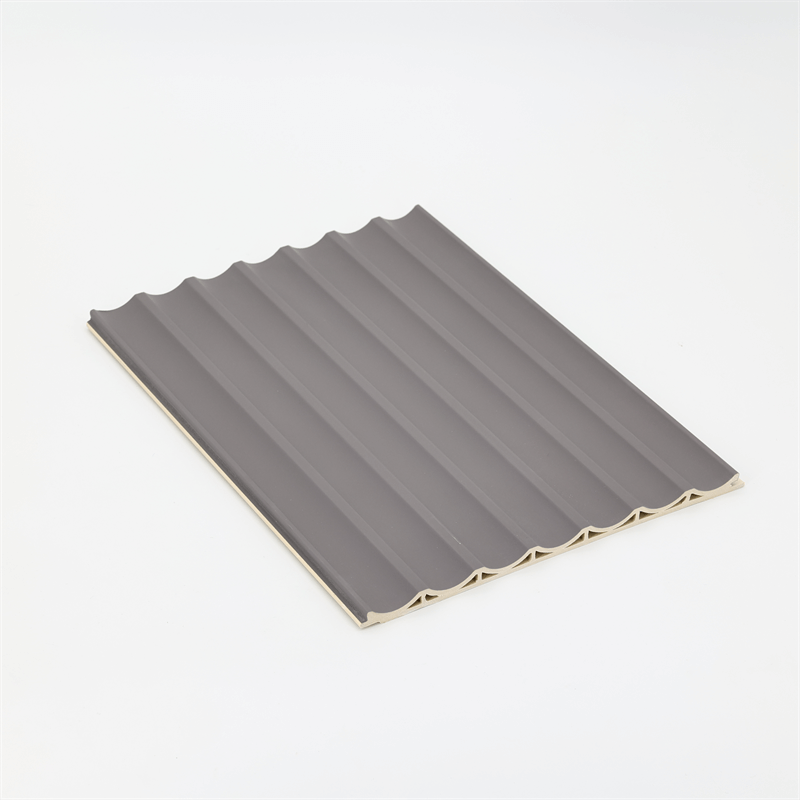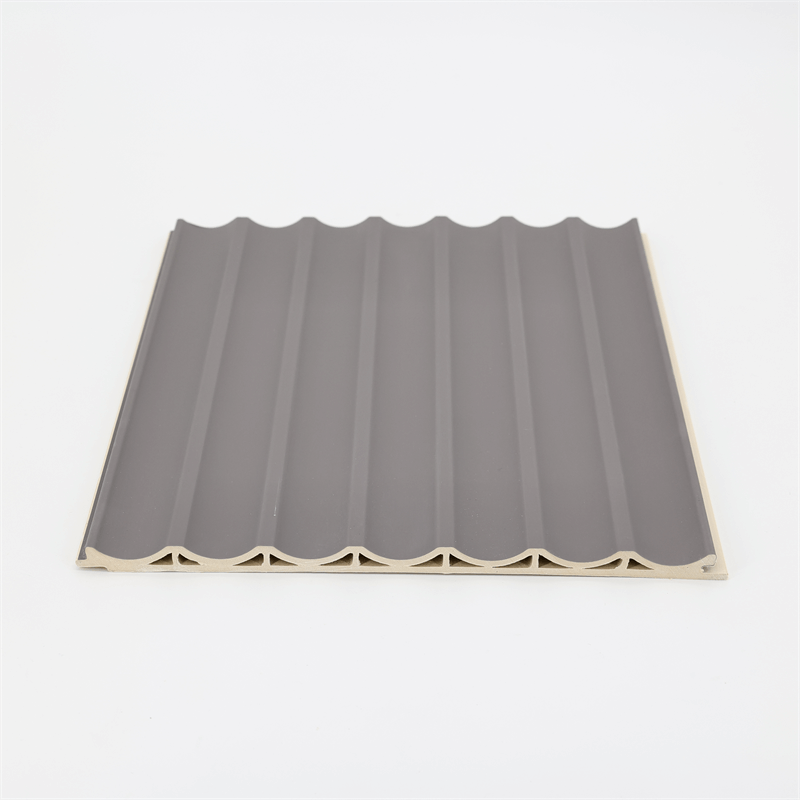In the realm of interior design, the choice of materials plays a pivotal role in transforming spaces into visually captivating and functional environments.
Wood-Plastic Composite (WPC) wall panels have gained immense popularity in recent years for their ability to enhance interiors and create stunning visual effects.
This essay explores the transformative power of WPC wall panels in interior design, focusing on their aesthetic appeal, versatility, durability, and ease of installation.
I. Aesthetic Appeal: Elevating Interior Design
WPC wall panels offer a wide range of aesthetic possibilities, enabling designers to achieve unique and captivating interiors.
The panels come in various designs, colors, and textures, allowing for creative expression and customization.
Whether emulating the warmth and beauty of natural wood or adopting a sleek and contemporary look, WPC panels provide endless options to suit different design preferences and architectural styles.
The visual appeal of WPC wall panels lies in their ability to create focal points and accentuate specific areas of a space.
By strategically placing panels on feature walls, in niches, or as decorative elements, designers can add depth, texture, and visual interest to the overall design.
WPC panels can also be used to create visually striking patterns and designs, making them a versatile tool for creating captivating interior spaces.
II. Versatility: From Residential to Commercial Spaces
One of the notable advantages of WPC wall panels is their versatility, making them suitable for various interior settings.
From residential homes to commercial spaces such as offices, hotels, restaurants, and retail stores, WPC panels can be seamlessly incorporated to elevate the aesthetics and ambiance of any environment.
In residential settings, WPC panels can transform living rooms, bedrooms, and dining areas into stylish and inviting spaces.
They can be used to create accent walls, paneling, or even as ceiling treatments, adding character and sophistication to the interiors.
Moreover, WPC panels are also an excellent choice for wet areas like bathrooms and kitchens, as they are resistant to moisture and offer enhanced durability.
In commercial spaces, WPC wall panels can make a significant impact on the overall design concept.
They can be utilized to create feature walls in lobbies, reception areas, or conference rooms, leaving a lasting impression on visitors and clients.
The versatility of WPC panels allows designers to tailor the interior design to the brand identity and desired atmosphere of the space, whether it’s a modern and sleek office or a cozy and rustic restaurant.
III. Durability: Long-lasting Beauty
Beyond their aesthetic appeal, WPC wall panels are known for their durability and longevity.
Unlike traditional materials, such as wallpaper or paint, WPC panels are resistant to wear, scratching, and fading.
This inherent durability ensures that the beauty of the panels remains intact even in high-traffic areas, maintaining their visual impact over time.
Additionally, WPC panels are highly resistant to moisture, making them an excellent choice for interiors that are prone to humidity or water exposure.
Unlike natural wood, which may warp or decay in moist environments, WPC panels retain their shape, integrity, and visual appeal.
This durability eliminates the need for frequent repairs or replacements, reducing long-term maintenance costs and ensuring the longevity of the design.
IV. Ease of Installation: Time and Cost Efficiency
Another advantage of WPC wall panels is their ease of installation, which contributes to both time and cost efficiency.
The panels are designed for straightforward installation, with various methods available, such as adhesive application or mechanical fixing.
Their lightweight nature makes them easy to handle, reducing the labor and time required for installation.
Moreover, the ease of installation also translates into cost savings.
The efficient installation process minimizes the need for specialized labor or extensive construction work, resulting in reduced project timelines and associated expenses.
This makes WPC wall panels a viable option for renovations or interior design projects with tight deadlines or budget constraints.

WPC wall panels have revolutionized the field of interior design, offering a multitude of benefits that transform spaces into visually captivating environments.
With their aesthetic appeal, versatility, durability, and ease of installation, WPC panels have become a popular choice for architects, designers, and homeowners seeking to enhance the aesthetics and functionality of interior spaces.
The ability to create focal points, incorporate unique designs, and customize the appearance of interiors makes WPC panels a valuable tool in the hands of designers.
Their versatility allows them to be seamlessly integrated into various residential and commercial settings, enhancing the visual impact and overall ambiance of the space.
Furthermore, the durability of WPC panels ensures long-lasting beauty, even in high-traffic areas or environments with moisture exposure.
Their resistance to wear, scratching, and fading reduces the need for frequent maintenance and replacements, making them a cost-effective option in the long run.
Finally, the ease of installation offered by WPC panels adds to their appeal. The efficient installation process saves time and labor costs, making them a practical choice for projects with tight schedules or budget constraints.
In conclusion, WPC wall panels have transformed interior design by providing a sustainable, aesthetically pleasing, and durable solution.
Their ability to elevate interiors, adapt to different design preferences and architectural styles, and withstand the test of time makes them an invaluable tool for creating visually stunning and functional spaces.


